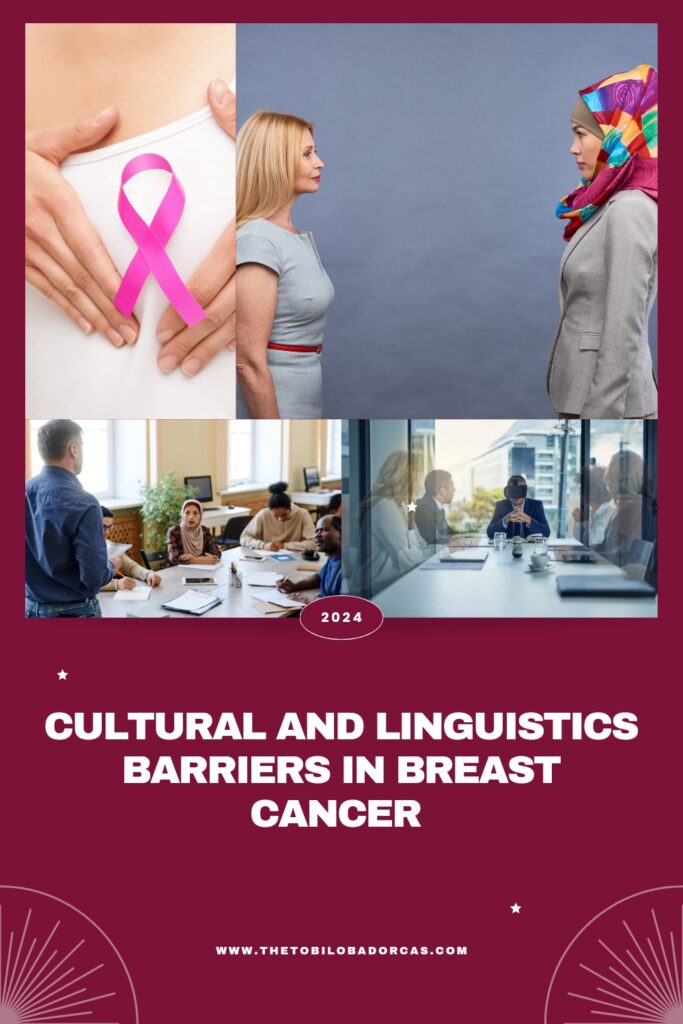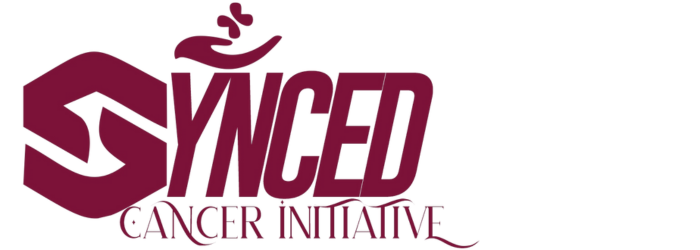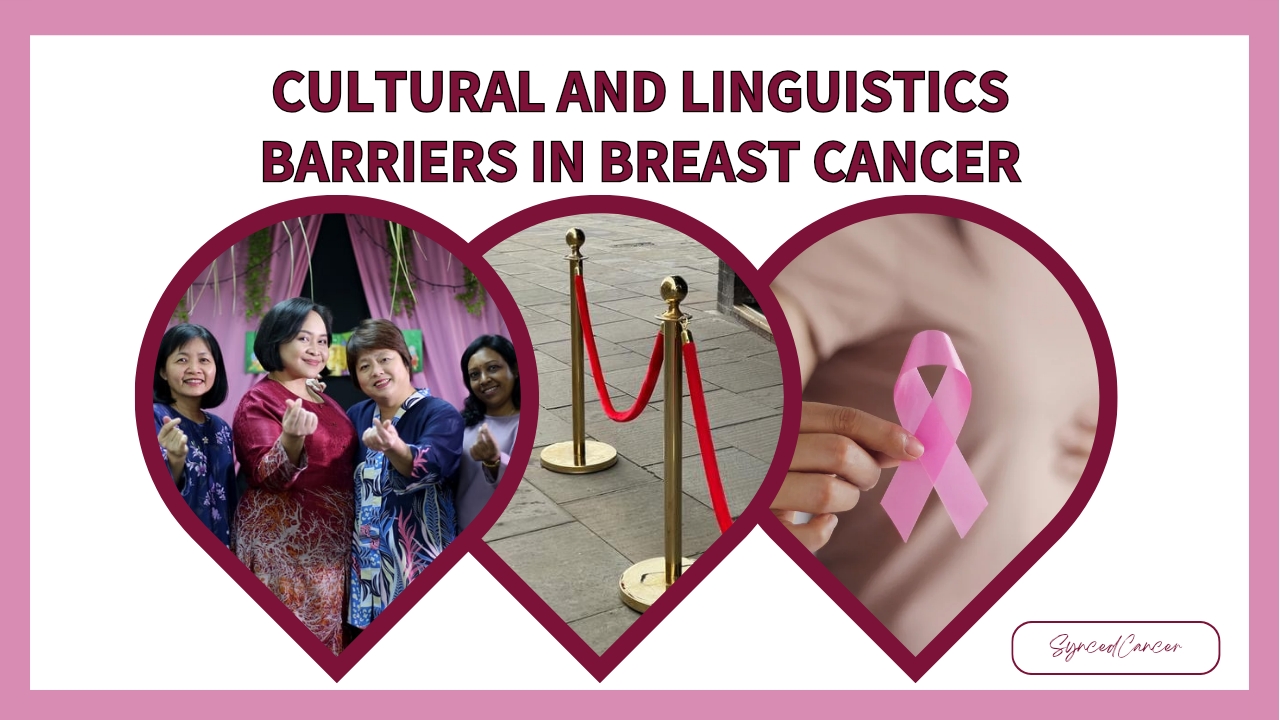Breast cancer remains one of the most prevalent and deadly cancers among women worldwide. Despite advancements in early detection, treatment, and survival rates, significant disparities in breast cancer outcomes persist across different populations. These disparities are influenced by a multitude of factors, including socioeconomic status, access to healthcare, genetic predisposition, and more notably, cultural and linguistic barriers. Understanding the impact of these barriers is essential for addressing breast cancer disparities, as they directly affect how individuals perceive, access, and respond to healthcare services.
The Intersection of Culture, Language, and Health
Culture encompasses the beliefs, practices, norms, and values that shape individuals’ worldviews and behaviors. In healthcare, cultural beliefs influence how individuals perceive illness, health, and treatment options. Language, as an integral component of culture, plays a critical role in communication between patients and healthcare providers. When there is a mismatch between the cultural and linguistic backgrounds of patients and providers, it can lead to misunderstandings, mistrust, and ultimately, suboptimal health outcomes.
Breast cancer, as a health condition, is deeply embedded within cultural contexts. Different cultures have varying beliefs about the causes of cancer, the acceptability of discussing it, and the appropriate treatment methods. For instance, in some cultures, breast cancer might be stigmatized, leading to delayed diagnosis and treatment. In others, there may be a strong reliance on traditional medicine, which can conflict with or delay the adoption of evidence-based medical treatments.

Cultural Barriers in Breast Cancer Care
- Perceptions and Stigma: In many cultures, breast cancer is associated with significant stigma, particularly regarding femininity, body image, and sexuality. For example, in some societies, the loss of a breast due to mastectomy may be viewed as a loss of womanhood, leading women to avoid or delay treatment. The fear of social ostracism and the potential impact on marriage prospects or family honor can also contribute to delayed diagnosis and treatment.
- Health Beliefs and Practices: Cultural beliefs about health and illness significantly influence health-seeking behavior. In some communities, cancer might be perceived as a punishment from a higher power, leading individuals to seek spiritual or traditional remedies instead of or alongside biomedical treatment. This reliance on non-medical interventions can delay effective treatment and reduce the chances of survival.
- Role of Gender: In many cultures, gender roles and expectations shape health behaviors. Women may prioritize their family’s needs over their own health, leading to delayed screening and treatment. In patriarchal societies, women may lack autonomy in making healthcare decisions, relying on male family members who may not prioritize breast cancer screening or treatment.
- Communication Norms: Communication styles vary across cultures, and in some cultures, open discussion about health issues, particularly those related to the body and sexuality, may be taboo. This can result in women feeling uncomfortable discussing symptoms, undergoing screenings, or even receiving treatment for breast cancer.
Linguistic Barriers in Breast Cancer Care
- Language Proficiency and Health Literacy: Language proficiency is a significant determinant of health literacy, which refers to the ability to understand and use health information. Non-native speakers or those with limited proficiency in the dominant language may struggle to comprehend medical information, leading to poor decision-making and adherence to treatment. For instance, patients may misunderstand instructions for medication, follow-up appointments, or the need for lifestyle changes.
- Access to Interpreters and Translation Services: The availability of interpreters and translation services is crucial in bridging the language gap between healthcare providers and patients. However, these services are often underutilized or unavailable, particularly in underserved communities. Without proper interpretation, patients may not fully understand their diagnosis, treatment options, or the risks and benefits of different interventions.
- Medical Jargon and Communication Styles: Even when interpreters are available, the use of medical jargon by healthcare providers can create barriers. Medical terminology may not have direct translations in other languages, leading to confusion. Additionally, cultural differences in communication styles can result in misunderstandings. For example, some cultures may prioritize indirect communication, which can lead to a lack of clarity in discussing treatment options or the severity of the disease.
Addressing Cultural and Linguistic Barriers
- Cultural Competency Training for Healthcare Providers: One of the most effective ways to address cultural barriers is through cultural competency training for healthcare providers. This training helps providers understand the cultural backgrounds of their patients, recognize the influence of culture on health behaviors, and develop communication strategies that respect cultural differences. By being culturally sensitive, providers can build trust with patients, improving the likelihood of timely and effective breast cancer care.
- Community-Based Interventions: Engaging community leaders and culturally relevant organizations in health education and outreach efforts can help address cultural barriers. These interventions can be tailored to the specific beliefs, practices, and languages of the target population, making them more effective in promoting breast cancer awareness, screening, and treatment. For example, breast cancer education programs delivered in local languages by trusted community members can encourage women to seek early screening and treatment.
- Improving Access to Interpretation and Translation Services: To overcome linguistic barriers, healthcare systems must invest in high-quality interpretation and translation services. This includes not only providing interpreters for patient-provider interactions but also ensuring that educational materials, consent forms, and other important documents are available in multiple languages. Additionally, training healthcare providers on how to effectively work with interpreters can enhance communication and improve patient outcomes.
- Patient Navigation Programs: Patient navigation programs, which provide individualized assistance to patients in overcoming healthcare barriers, can be particularly effective in addressing both cultural and linguistic challenges. Navigators, often drawn from the same cultural and linguistic backgrounds as the patients they serve, can help guide patients through the healthcare system, from screening to treatment and follow-up care. These programs have been shown to improve breast cancer outcomes by increasing screening rates and reducing delays in diagnosis and treatment.
- Policy Changes and Advocacy: Addressing cultural and linguistic barriers also requires policy changes at the healthcare system level. This includes advocating for policies that mandate cultural competency training for healthcare providers, fund interpretation services, and support community-based health initiatives. Additionally, there should be efforts to include diverse populations in clinical trials and research to ensure that breast cancer treatments and interventions are effective across different cultural and linguistic groups.
Conclusion
Cultural and linguistic barriers are significant contributors to breast cancer disparities. These barriers can lead to delays in diagnosis, suboptimal treatment, and poorer outcomes for women from culturally and linguistically diverse backgrounds. To reduce these disparities, it is essential to implement strategies that address both cultural and linguistic challenges in breast cancer care. This includes cultural competency training for healthcare providers, community-based interventions, improved access to interpretation services, patient navigation programs, and policy changes. By understanding and addressing these barriers, we can work towards more equitable breast cancer care and ultimately improve outcomes for all women, regardless of their cultural or linguistic background.
REFERENCES
Providence – https://blog.providence.org/center-for-outcomes-research-education/
Assessed 29th November, 2023










What do you think?
It is nice to know your opinion. Leave a comment.